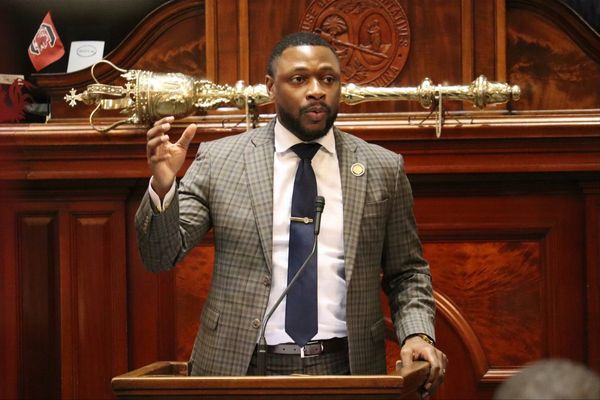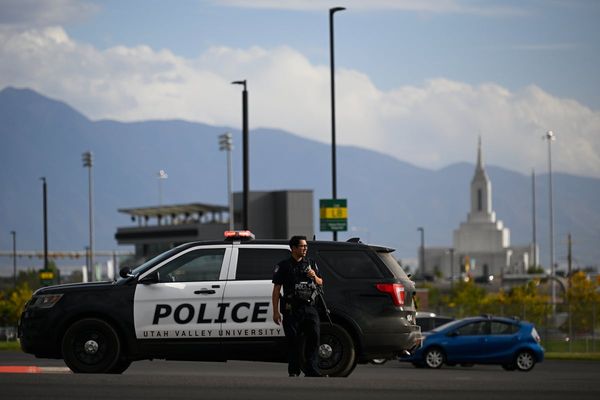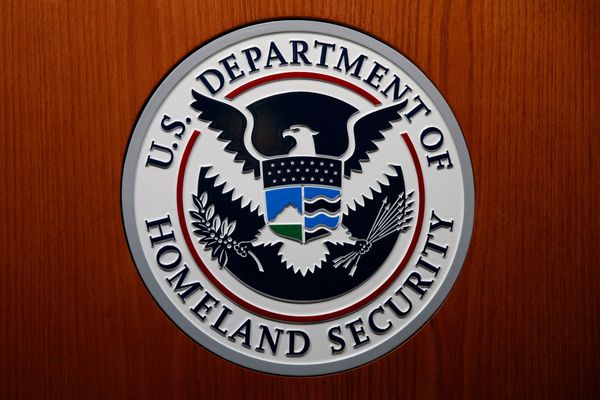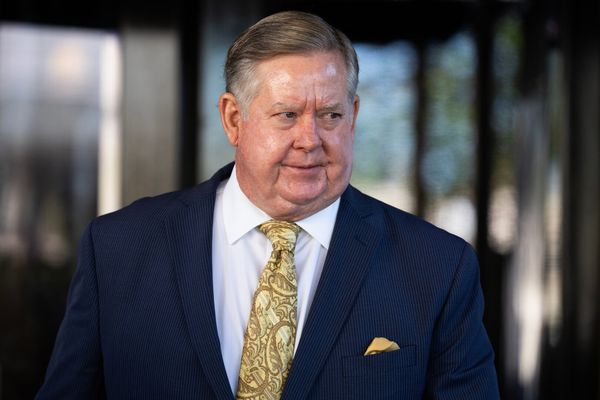
Vatsal Singh
I have been reading this fantastic book on POK – Forgotten Kashmir: The Other Side of the Line of Control by retired diplomat Dinkar P Srivastav.
In the long-term diplomatic game, India has perhaps failed to capitalise on speaking about POK on international forums.
Scholars will often talk about how the Indian government unilaterally abrogated Article 370. However, there is rarely a talk about how the erstwhile Federally Administered Northern Areas, Gilgit-Baltistan, were illegally separated from POK and practically given away to the government of Pakistan after the coup led by William Brown of Gilgit scouts in 1947.
Similarly, nobody ever talks about how Pakistan used backhand tactics to capture day-to-day administration of the POK right under the nose of the UNCIP and bring it under Pakistan’s Ministry of Kashmir Affairs in the 1950s. A cabal of global experts has the gall to talk about the self-determination of Kashmiris even though the accession to the Indian state was duly ratified by the Constituent Assembly of J&K in 1957.
Most of these events happened in the Cold War era and the erstwhile politics of the West did not allow much elbow room to Indian diplomats. But this has led to a selective internationalisation of Kashmir and created a long-term diplomatic and security challenge for India. To internationally turn the tide on Pakistan, it becomes important to start talking about the whole of Kashmir and Kashmiris. In light of the Pahalgam attack, India needs to frame a long-term diplomatic strategy vis-a-vis Pakistan with Kashmir at its core, and this will probably need not only a focus on the future but also an eye on the past.
Noaman Khan
As a Kashmiri, I’m exhausted by how people act like resistance just materialises – as if it isn’t the occupation itself that manufactures it. This isn’t chaos, it’s a structure.
It’s the same pattern we see in Palestine: push a people to the edge, strip them of their rights, their voice, their future – and then blame them for reacting. Same script, different flag.
Most Kashmiris don’t care about India or Pakistan. We just want the right to exist with dignity – without soldiers on every corner or being paraded around as props for “normalcy.”
After 370, nothing changed. They took our voice, shut down our internet, built highways and malls, and called it “development.” It’s not peace – it’s silence, rebranded.
No one wakes up wanting to pick up a gun. It’s humiliation, grief, and hopelessness that push people there. The state builds the conditions, then acts shocked at the outcome.
And blaming every attack on a “security lapse” only justifies flooding more troops into the world’s most militarised region. It's not about safety – it's about control. A tighter grip over a place already suffocating.
No one deserves to die – not the Kashmiri, not the tourist. But when you give people no future, no dignity, and no choice, what exactly do you expect them to do?
This cycle of violence is neither liberation nor justice. It’s pain feeding pain. And the state would rather tighten its boot than ask why the fire started in the first place.
Anonymous
I disagree with the decision to remove Raman sir's clip. I prefer an apology or disclaimer to prominently appear alongside, or read out separately, rather than rewriting history.
I appreciate Haftas without a paywall. It is important in a subscriber model to understand the editors’ ideologies. I recommend being open to ideology being challenged and influenced. By my own admission, the audience is often far more informed and erudite than some panelists.
To Abhinandan, I recommend a re-look at US politics. Acknowledge the Western media biases (for example, pro-Israel narrative) and avoid subscribing to mainstream 'liberal' (Democrat) narrative to retain objectivity.
Cheers.
Akshra Pandey
Hi
Love your work and won’t waste word-quota with niceties.
Wondering if you can let us know the designation-wise journey of a journalist?
For instance, in the corporate law world, a junior lawyer starts as an associate, moves to senior associate in about five years, going to principal associate in another three and to being a junior partner in the next three to four years. Obviously, each level escalation has enormous salary increments and respect.
I was curious about a journalists’ career progression, both in terms of designation, salary and respectability (i.e., how reliable they can be with designation). For the discussion, assume that the news organisation in question is respectable and you can take NL as the employer organisation.
We read out letters only from our subscribers, since they’re the ones who power our work. You can be one too. Click here.
Newslaundry is a reader-supported, ad-free, independent news outlet based out of New Delhi. Support their journalism, here.







